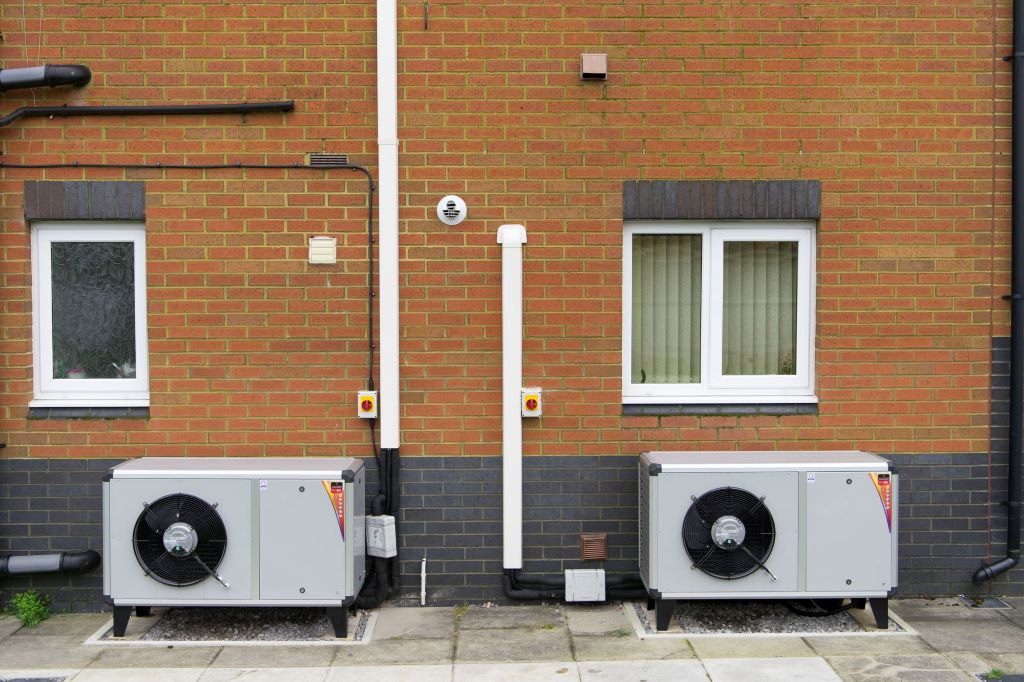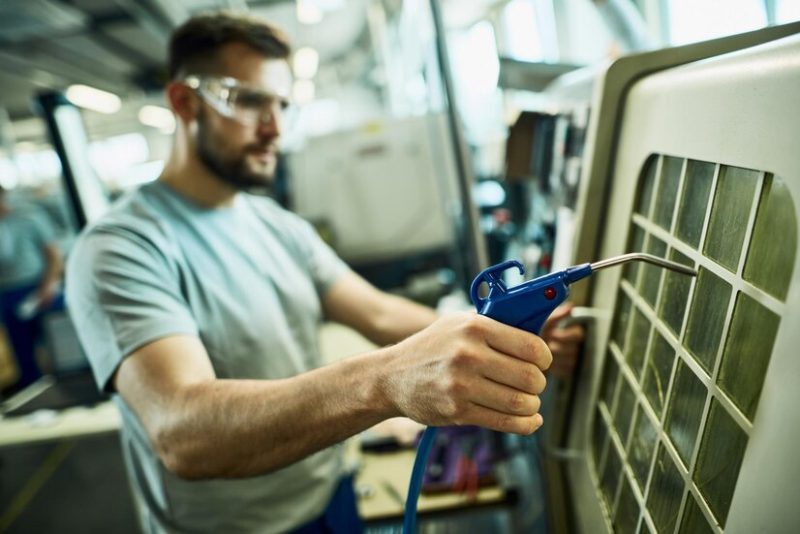You might wonder about the associated costs when installing central heat and air in your home. Central heating and air conditioning systems offer comfort and convenience, ensuring that your home remains cozy in winter and cool during the scorching summer months. In this article, we will discuss how much to install central heat and air. We also discuss the factors influencing the cost of installing a central heat and air system, average installation costs, the importance of hiring a professional installer, and financing options available to homeowners. So, let’s dive in!
Understanding Central Heat and Air
Before delving into the installation costs, it’s essential to understand what central heat and air systems entail. Central heating and air conditioning systems are designed to provide consistent temperature control throughout your entire home. They utilize heating and cooling equipment, ductwork, and thermostats to distribute conditioned air to each room.
Benefits of Central Heat and Air
Central heat and air systems offer numerous benefits to homeowners. They provide efficient and effective heating and cooling, ensuring optimal comfort year-round. With central heat and air, you can enjoy consistent temperatures throughout your home, avoiding hot or cold spots. Additionally, these systems filter and circulate the air, improving indoor air quality and reducing allergens.
How much to install central heat and air?
The cost of installing central heating and air conditioning varies based on the property size, installation complexity, equipment type, and region. Generally, a basic system for a typical US home can range from $3,000 to $7,000. This includes the heating unit, air conditioning unit, and ductwork. Remember, these are rough estimates, and it’s best to contact local HVAC professionals for accurate quotes tailored to your needs and location. They can provide a more precise estimate after evaluating your requirements.
Factors Affecting Installation Costs
Several factors influence the cost of installing central heat and air. Understanding these factors can help you estimate the expenses and plan your budget accordingly.
Size and Type of System
The size and type of the system you choose play a significant role in determining the installation costs. Larger homes require more substantial systems, which tend to be more expensive. Similarly, the type of system you select, such as a split system or a packaged unit, will impact the overall cost.
Ductwork Requirements
If your home doesn’t have existing ductwork, you must install it, which can add to the installation costs. The complexity of the ductwork installation, including the number of vents and the length of ducts required, will affect the overall expenses.
Energy Efficiency Ratings
Energy efficiency ratings, such as SEER (Seasonal Energy Efficiency Ratio) and AFUE (Annual Fuel Utilization Efficiency), can impact the upfront costs and long-term energy savings. Higher-rated systems are generally more expensive but can save you money on utility bills in the long run.
Average Installation Costs
The average cost of installing central heat and air can vary depending on various factors. However, having a general idea of the expenses is helpful.
Cost Range for Different System Sizes
For a typical 1,200 to 2,000-square-foot home, the installation costs for central heat and air can range from $4,000 to $12,000. Larger homes may require systems costing $15,000 or more.
Additional Costs to Consider
In addition to the system itself, there are other costs to consider, such as permits, electrical upgrades, and any necessary modifications to accommodate the system. These additional expenses can add a few thousand dollars to the overall cost.
Factors Influencing Installation Time
Several factors can influence the time it takes to install a central heat and air system.
Complexity of Installation
The installation process may take longer if your home has unique architectural features or layout challenges. Complex installations require additional planning and custom work, which can extend the installation timeframe.
Existing Infrastructure
The installation process may be quicker and less expensive if you already have some existing infrastructure, such as ductwork or electrical connections. However, outdated or inadequate infrastructure may need upgrading or replacement, increasing time and costs.
Hiring a Professional Installer
When installing central heat and air, hiring a professional installer is crucial for a successful and efficient installation.
Importance of Professional Installation
Professional installers have the knowledge, skills, and experience to handle the complexities of installing central heat and air systems. They ensure the system is correctly sized, properly installed, and complies with local building codes. Professional installation also helps protect your investment and ensures optimal performance.
Finding the Right Installer
When looking for a professional installer, it’s essential to do your research. Seek recommendations, read reviews, and request quotes from multiple contractors. Look for licensed and insured professionals who specialize in HVAC installations and have a good reputation in the industry.
Financing Options for Installation
If the upfront cost of installing central heat and air is a concern, various financing options are available to homeowners.
Loans and Financing Programs
Many financial institutions offer loans for home improvement projects, including HVAC installations. These loans typically have favorable interest rates and flexible repayment terms, making it easier to manage the costs over time.
Rebates and Incentives
Depending on your location, rebates and incentives may be available for installing energy-efficient systems. Check with your local utility companies or government agencies to see if you qualify for programs to help offset the installation costs.
Conclusion
Installing central heat and air in your home can provide unparalleled comfort and convenience. While the costs can vary depending on several factors, understanding these factors and seeking professional installation can ensure a smooth and efficient process. Remember to explore financing options and take advantage of any rebates or incentives available in your area. So, don’t wait any longer—upgrade your home with central heat and air for year-round comfort!




